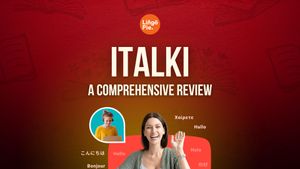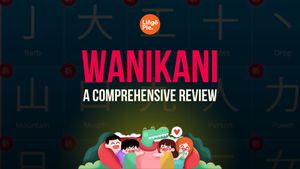I've been binge-watching "Emily in Paris" like it's my job (don't judge), and somewhere between Emily's cringeworthy French faux pas and her inexplicable fashion choices, I had this wild idea: why not dust off my own French skills?
Full disclosure: I'm not starting from scratch here.
I did a semester of French in college, but let's be real—that was so long ago, my French is probably more "omelette du fromage" ala Dexter's Lab than "ooh la la." But hey, I figured it couldn't hurt to give it another shot, right?
Here's the thing, though.
Between my 9-to-5 grind and trying to adult (seriously, who invented laundry?), I can't exactly jet off to Paris or spend hours poring over textbooks. I mean, in my dreams, sure. But in reality? Not so much.
Now, I'm no stranger to the whole "learn a language with TV" thing. I've been loving Lingopie for years and my experience learning Japanese with them has been pretty sweet. But you know how it goes—you get curious. Is there something even better out there?
That's when I stumbled upon Yabla. For three whole weeks, I committed to this app using it every chance I got. Was it love at first lesson? Or more of a "thanks, but no thanks" situation? In this article, I'll share with you my unbiased opinion and why I think Linopie is a better alternative to Yabla.

What Is Yabla?
Yabla is like a language immersion coach, throwing you into the deep end of authentic video content to help you with foreign language learning. It's been around since 2001, making it one of the OG players in the online language learning game.
The whole idea behind Yabla is that you can pick up a language by watching clips from TV shows, movies, music videos, commercials, and other videos in your target language. They've got this massive library of content, and they claim you can gradually improve your skills just by diving into these videos regularly.
With Yabla, you can learn:
- French
- Spanish
- German
- Italian
- English
- Chinese
What I find interesting about Yabla is that it's not really for total newbies. If you're just starting out and don't know your "bonjour" from your "baguette," you might want to get the basics down first. Yabla's more for those of us who've got some foundation and want to level up our skills with real-world content.
Now, here's where things get a bit... let's say, unique.
Unlike some other platforms I've used (looking at you, Lingopie), Yabla doesn't really curate its content specifically for language learning. It's more like, "Here's a bunch of videos in French. Have at it!" Which, honestly, can be hit or miss depending on what you're into.
Don't get me wrong, there's a lot in Yabla's video library. But when you're juggling a full-time job, social life, and trying to learn a language, every minute counts. The ability to turn your weekly Netflix binge into a productive learning session is a practical feature, and that's something Yabla just doesn't offer.
How Does Yabla Teach Languages?
Yabla is a video-based language learning program that focuses on immersion through authentic content. The idea is to tap into learners' interests to make the learning process more engaging and effective. This approach is based on the principle that we're more likely to engage with and retain information when it's presented in a context we find interesting.
The platform offers a wide variety of videos across different genres, allowing users to select content that aligns with their interests. While there are some videos for beginners, the majority of the content is geared towards intermediate and advanced learners. This makes Yabla particularly useful for those who already have some basic knowledge of their target language and are looking to improve.
It's important to note something though...
During my exploration, I encountered a range of videos, from high-quality recent productions to older content with less-than-ideal audio.
Dated videos, for instance, had poor audio quality that made it challenging to understand the spoken language clearly. This inconsistency means that users might need to spend some time searching for videos with good audio quality, especially if they're focusing on improving their listening skills.
In terms of content freshness, Yabla's video library leans more towards older material. While there are a few TV series available, they're generally not the most recent productions. This is a contrast to some other platforms like Lingopie, which offers more modern video content.
But what are the Yabla features you need to check out? Here are some of my favorites.

Videos with Interactive Subtitles
Similar to Lingopie, Yabla implements clickable subtitles to enhance the learning experience.
When you encounter an unfamiliar word while watching a video, you can simply click on it in the subtitles. This action brings up a pop-up with the word's definition, translation, and additional information. It's a convenient feature that allows for immediate comprehension without interrupting the flow of the video.
However, there's room for improvement in this feature. Sometimes, Yabla provides multiple translations for a single word. In my experience, I often found myself wishing to have a more context-specific definition that would be more directly applicable to the video I was watching.
While Yabla's clickable subtitles certainly make understanding videos easier, the lack of automatic vocabulary saving and grammar explanations (specifically for a word or phrase) means you might need to put in extra effort to retain new words and understand complex language structures.
Grammar Lessons
Now, if you're more of a read-and-learn kind of person, Yabla's got grammar lessons too but in the form of articles. These short lessons break down grammar points, vocabulary, and cultural tidbits. The best part? These lessons come with video examples.
So, you're not just reading about how to use the passé composé in French, you're seeing and hearing it in action. And get this - you can access these lessons even if you don't have an account.
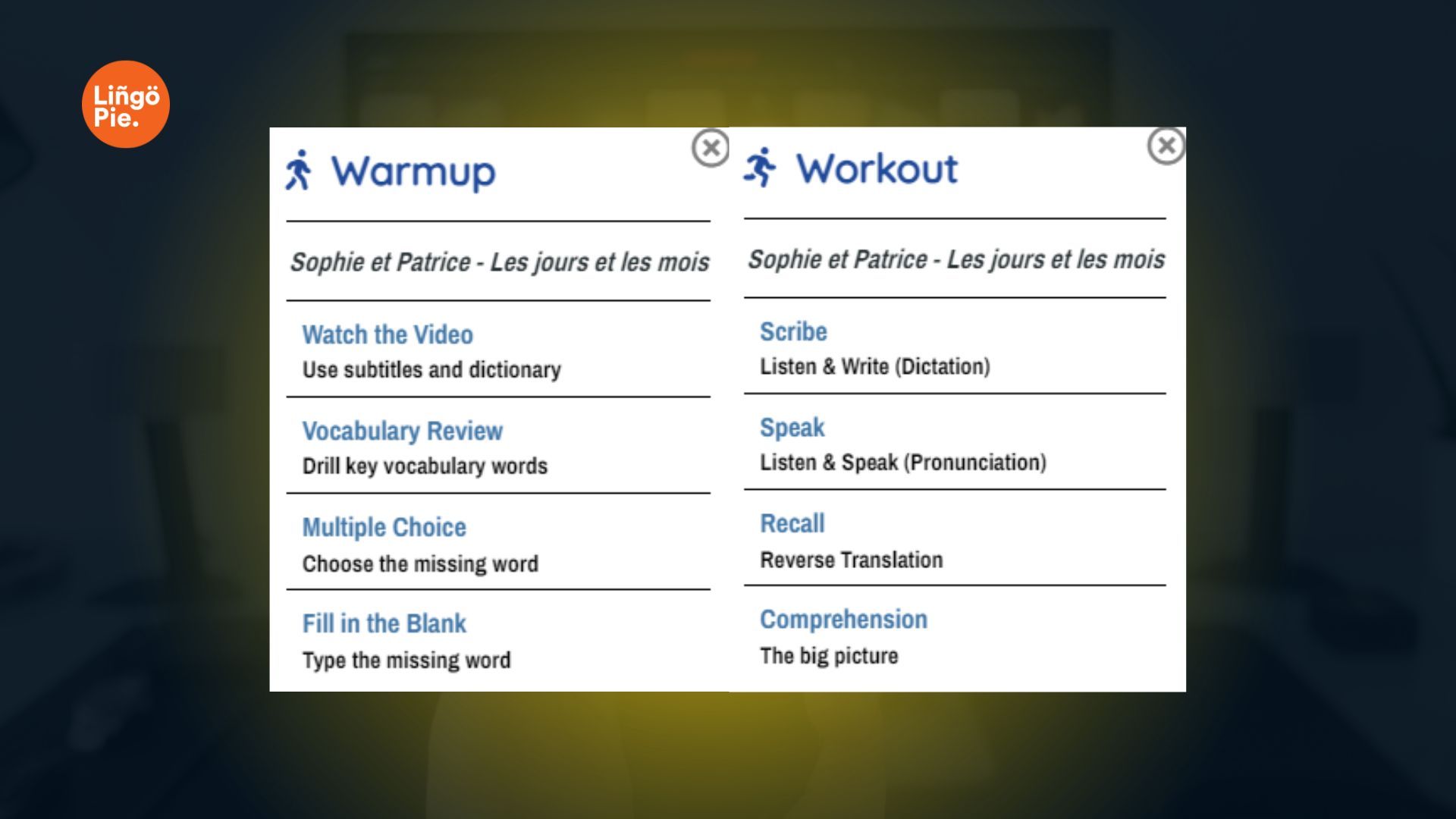
Language Learning Games
Let's face it, sometimes language learning can feel like a chore. That's where Yabla's games come in. These games are designed to reinforce what you've learned from the videos and keep you engaged. Here's the lowdown on what you can expect:
Most videos come with three warm-up games to get you started:
- Vocabulary Review
- Multiple Choice
- Fill In The Blanks
Once you've flexed your vocabulary muscles with the warm-ups, you can move on to these more challenging games:
- Scribe: This is a dictation game wherein you need to type out everything you heard.
- Recall: Here you're given a line in English and have to translate it into your target language.
- Comprehension: In this one, you'll be tasked to watch a clip and then answer questions about it in your target language.
For me, the variety of games means you're hitting all aspects of language learning - listening, speaking, reading, and writing. Plus, the game format makes it feel less like studying and more like, well, playing games.
Automatically Created Flashcards with Video Clips
Yabla offers an automated flashcard system that creates cards based on the videos you watch. Each flashcard includes a video clip featuring a native speaker using the word or phrase in context. This feature combines visual and auditory learning, helping users understand not just the meaning of words, but also their pronunciation and usage in real-life situations.
The system works by selecting keywords and phrases from the videos you've watched and turning them into flashcards. This means your flashcard deck grows as you consume more content on the platform, theoretically tailoring your vocabulary practice to the words you've encountered.
While this feature is useful, it's worth noting that it has some limitations compared to other platforms. For instance, Lingopie offers a more flexible approach to vocabulary building. With Lingopie, you can click on any word while watching a video and save it to your flashcards for later review. This gives you more control over which words you want to focus on learning.
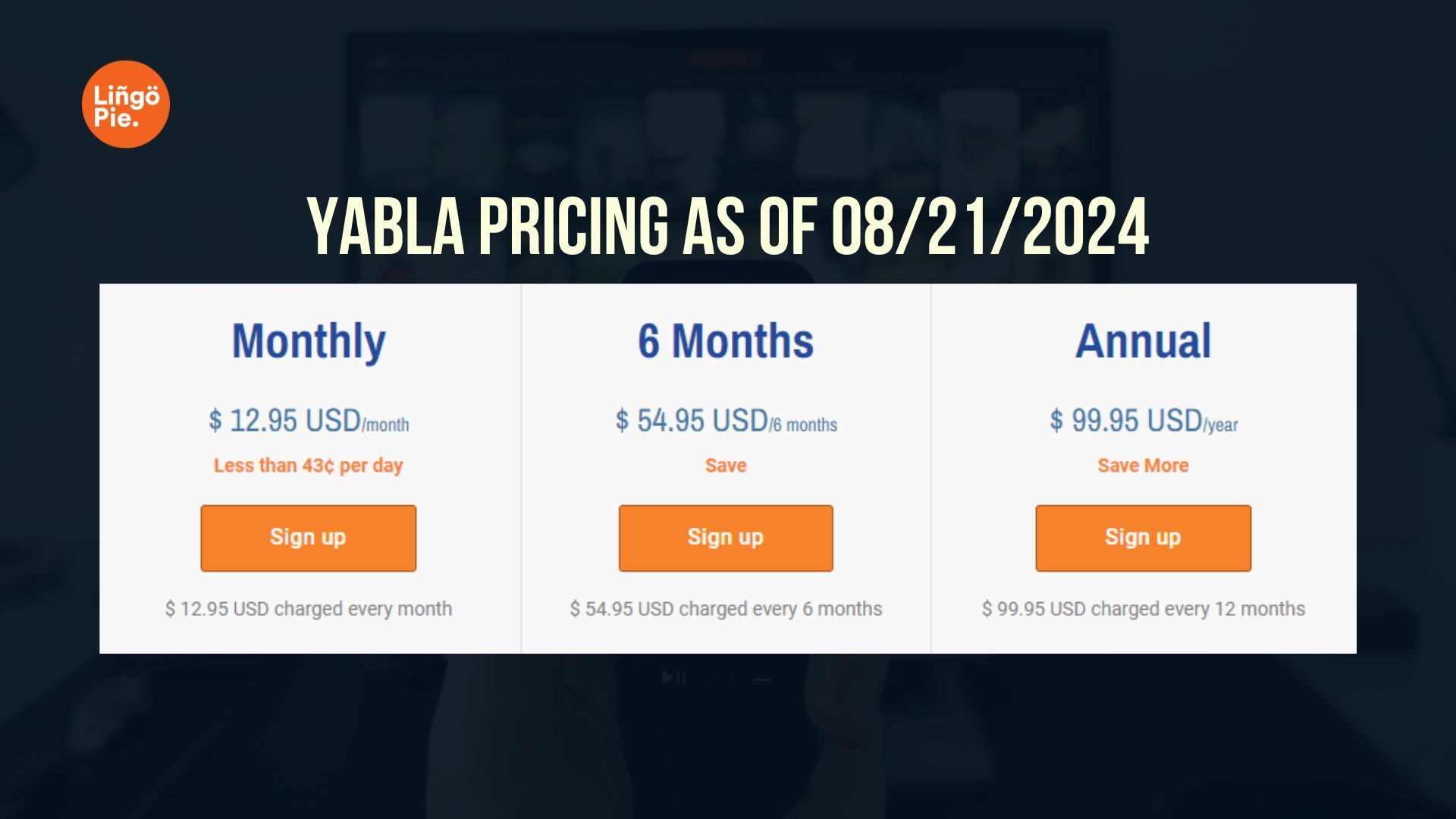
Is It Worth Paying For Yabla?
Alright, let's talk money. After all, we're not just learning a language here—we're also making an investment. So, is Yabla worth your hard-earned cash?
At the time of writing, Yabla offers three subscription options:
- Monthly: $12.95 per month
- Semi-annual: $54.95 for six months (which works out to about $9.16 per month)
- Annual: $99.95 per year (approximately $8.33 per month)
Here's the catch: your subscription only gives you access to one language. If you're a polyglot in the making and want to learn multiple languages, you'll need to shell out for separate subscriptions.
On the bright side, Yabla does offer a 15-day free trial. So you can take it for a test drive before committing your cash.
Now, let's put Yabla side-by-side with Lingopie. The pricing might look similar at first glance, but there's a big difference in what you get for your money.
With Lingopie, for roughly the same price as Yabla, you get:
- Access to ALL languages offered on the platform
- Over 3000 exclusive shows
- More language-learning features
This is where Lingopie really shines. If you're interested in learning multiple languages or just want more content variety, Lingopie gives you a lot more bang for your buck.
So, is Yabla worth it? Well, it depends on what you're looking for:
- Single Language Focus: If you're laser-focused on one language and don't plan on branching out anytime soon, Yabla could be a good fit. Its extensive library of authentic content in your target language might justify the cost.
- Content Variety: While Yabla offers a range of video types, Lingopie's 3000+ exclusive shows give it an edge in terms of content variety and modernity.
- Learning Features: Yabla's interactive video player and learning games are solid features. However, as we discussed earlier, some of its tools (like the flashcard system) are less flexible than Lingopie's.
- Multiple Language Learning: If you're interested in learning or maintaining multiple languages, Lingopie is clearly the better value. With Yabla, you'd need to pay for separate subscriptions for each language.
- Trial Period: Yabla's 15-day free trial is a nice touch, giving you a chance to test the waters before committing.
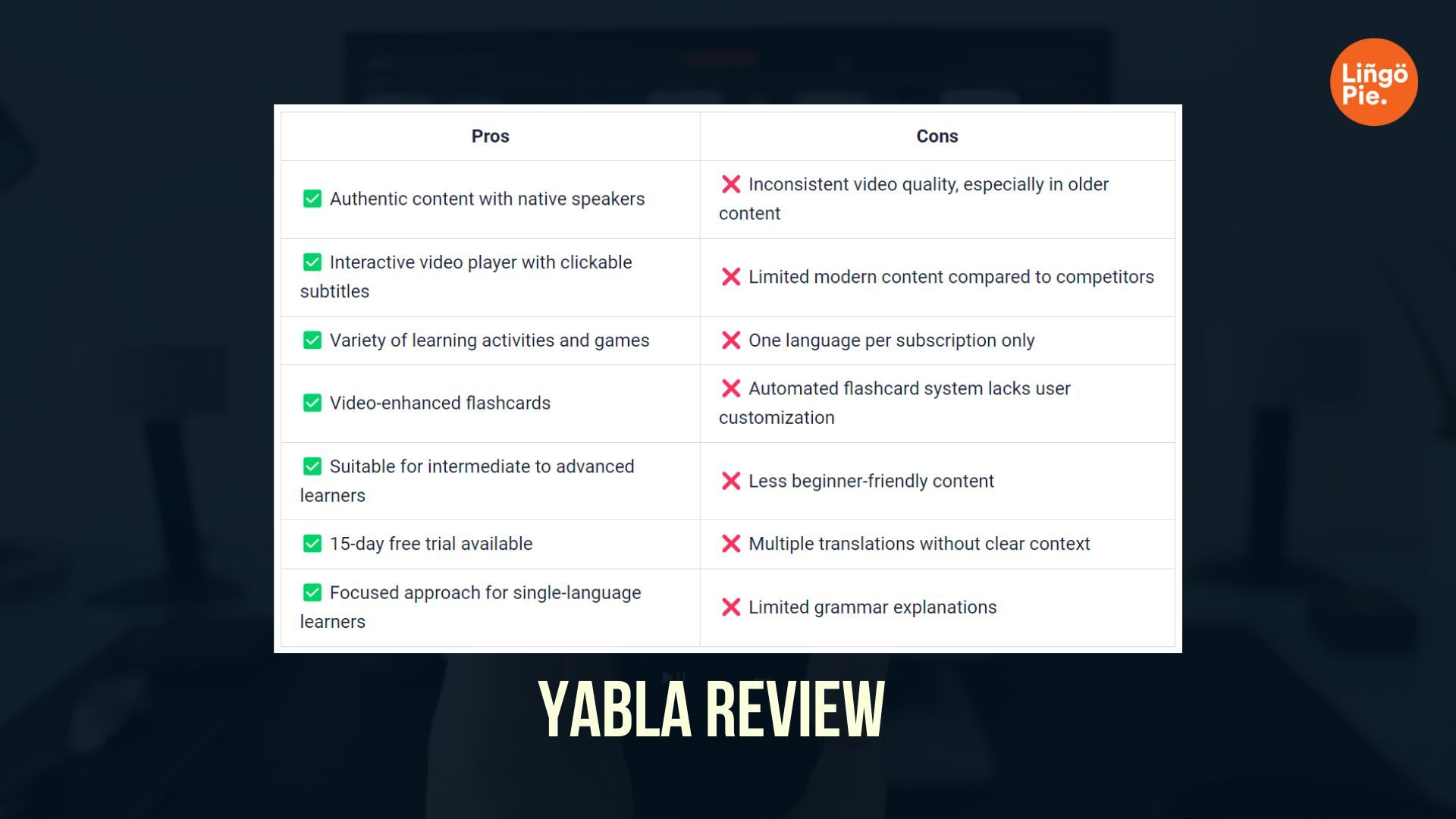
Yabla Review: Pros & Cons
After spending some quality time with Yabla, I've got a pretty good handle on what works and what... well, could use some work.
✅ Pros Of Using Yabla
- Authentic Content: Yabla offers a wide variety of videos featuring native speakers. This exposure to real-world language use is invaluable for improving listening comprehension and understanding different accents and dialects.
- Interactive Video Player: The clickable subtitles feature is a game-changer. Being able to get instant translations and definitions without leaving the video is super convenient and helps maintain focus.
- Diverse Learning Activities: From the video-based lessons to the various games, Yabla offers multiple ways to engage with the language. This variety caters to different learning styles and helps keep things interesting.
- Video-Enhanced Flashcards: The automatically generated flashcards with video clips provide context for new vocabulary, which can be really helpful for retention and proper usage.
❌ Cons Of Using Yabla
- Inconsistent Video Quality: The quality of videos can be hit or miss. Some older content has poor audio quality, which can be frustrating when you're trying to train your ear to the language.
- Limited Modern Content: If you're hoping to learn through the latest TV shows or movies, you might be disappointed. Much of Yabla's content leans towards older material.
- Multiple Translations Without Context: When clicking on words in the subtitles, you sometimes get multiple translations without clear guidance on which one fits the current context best.
- Limited Grammar Explanations: While you can learn grammar through context, Yabla doesn't offer in-depth grammar explanations like some other platforms do.
Yabla Vs Lingopie
After giving Yabla a fair shot, I found myself constantly comparing it to Lingopie - and Yabla kept coming up short. The main issue? Yabla's content felt outdated and limited compared to Lingopie's vast library of modern shows.
Plus, Yabla's one-language-per-subscription model felt restrictive, especially when Lingopie offers access to all languages for a similar price.
Let's compare Yabla and Lingopie side by side:
| Feature | Yabla | Lingopie |
|---|---|---|
| Content Library | Various videos, some older content | 3000+ exclusive shows, modern content |
| Languages per Subscription | One language only | All available languages |
| Vocabulary Building | Automated flashcard creation | User-selected words for flashcards |
| Video Interaction | Clickable subtitles with translations | Clickable subtitles, saves words automatically |
| Content Freshness | Mix of old and new, some outdated | Focuses on current, popular content |
| Pricing Model | Separate subscription per language | One subscription for all languages |
| Target Audience | Primarily intermediate to advanced | Suitable for all levels, including beginners |
In the end, Lingopie offers more modern content, greater flexibility in learning, and better value for money, especially if you're interested in multiple languages or are just starting your language learning journey. Curious? Read more about our features here 👇
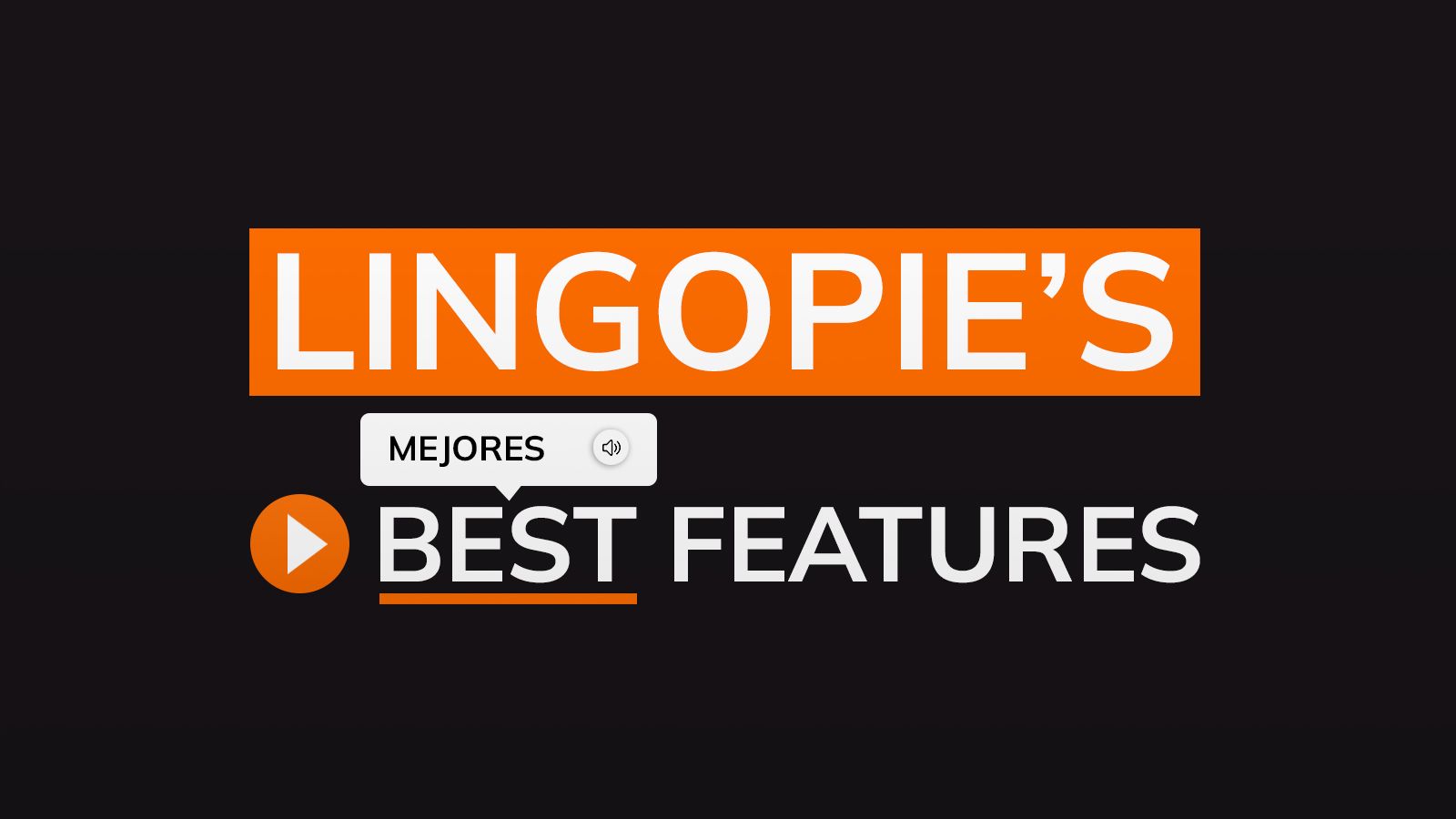


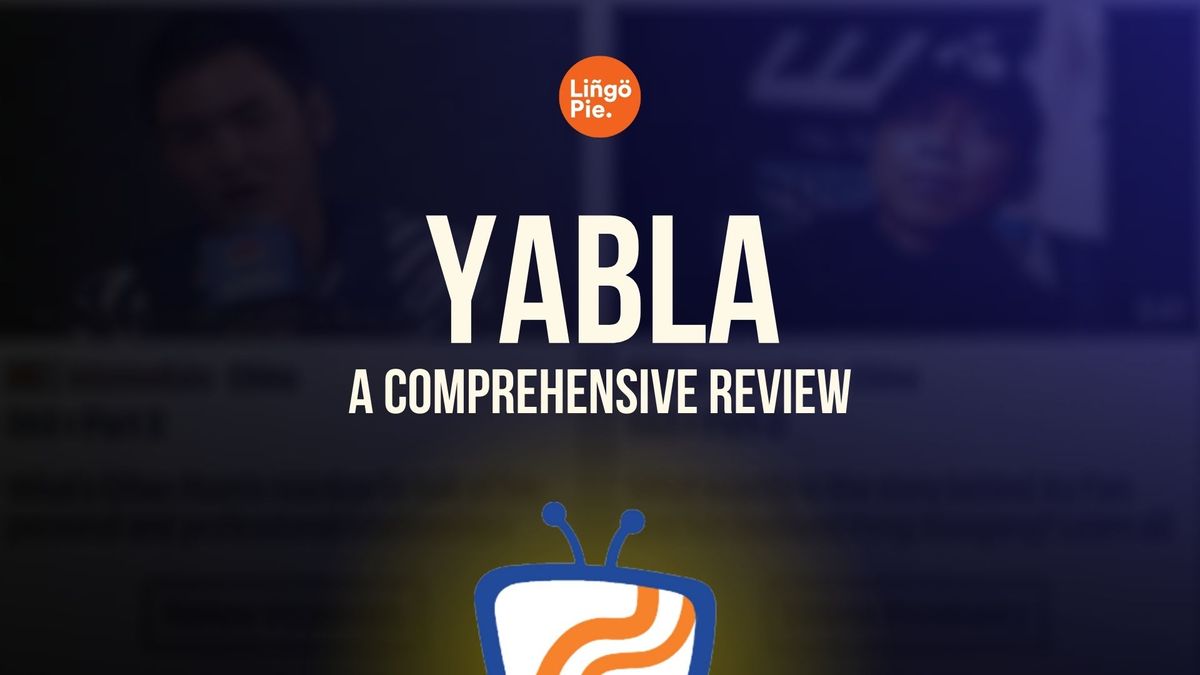


![How To Talk About Weather In Spanish [2025 Guide]](/blog/content/images/2024/08/How-To-Talk-About-Weather-In-Spanish.jpg)
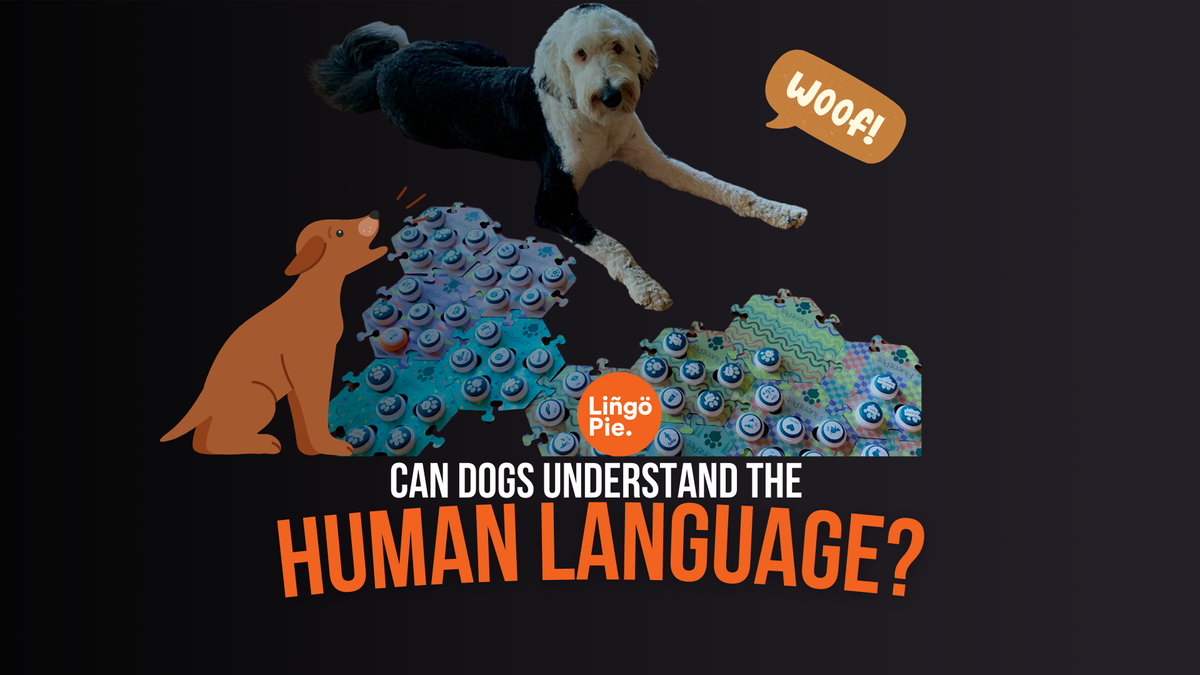
![Language Reactor Review: Why Lingopie Is The Better Choice for Language Learning [2025]](/blog/content/images/size/w300/2024/12/Language-Reactor-Review.jpg)
